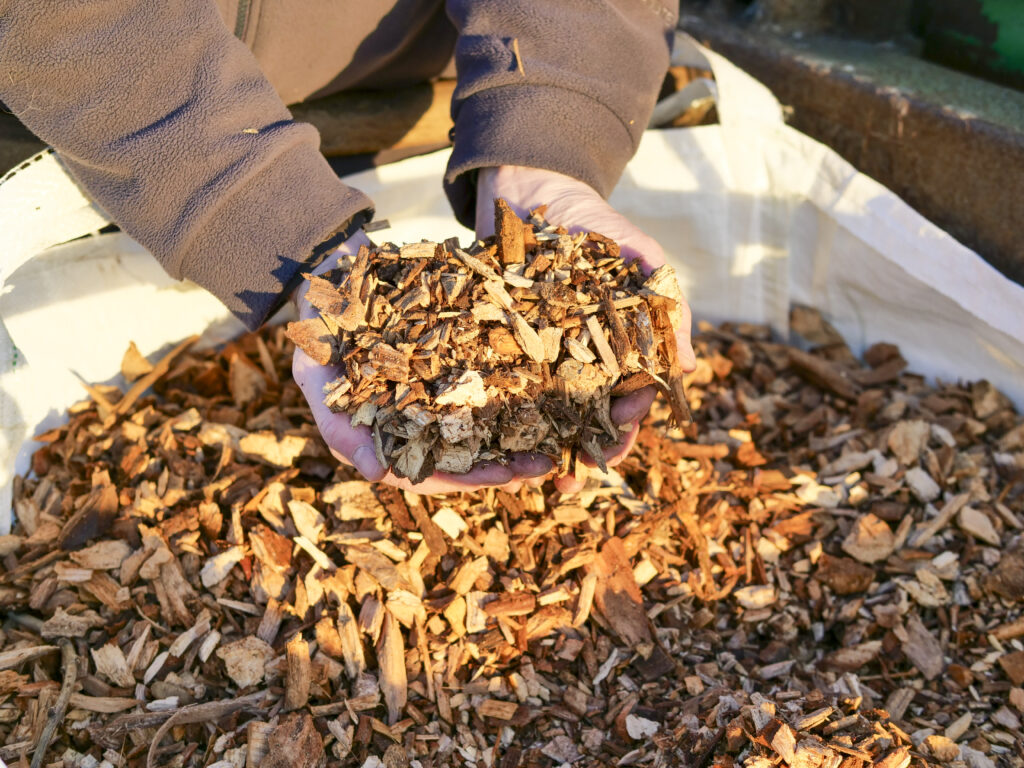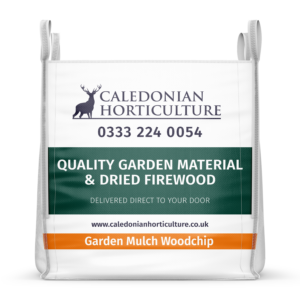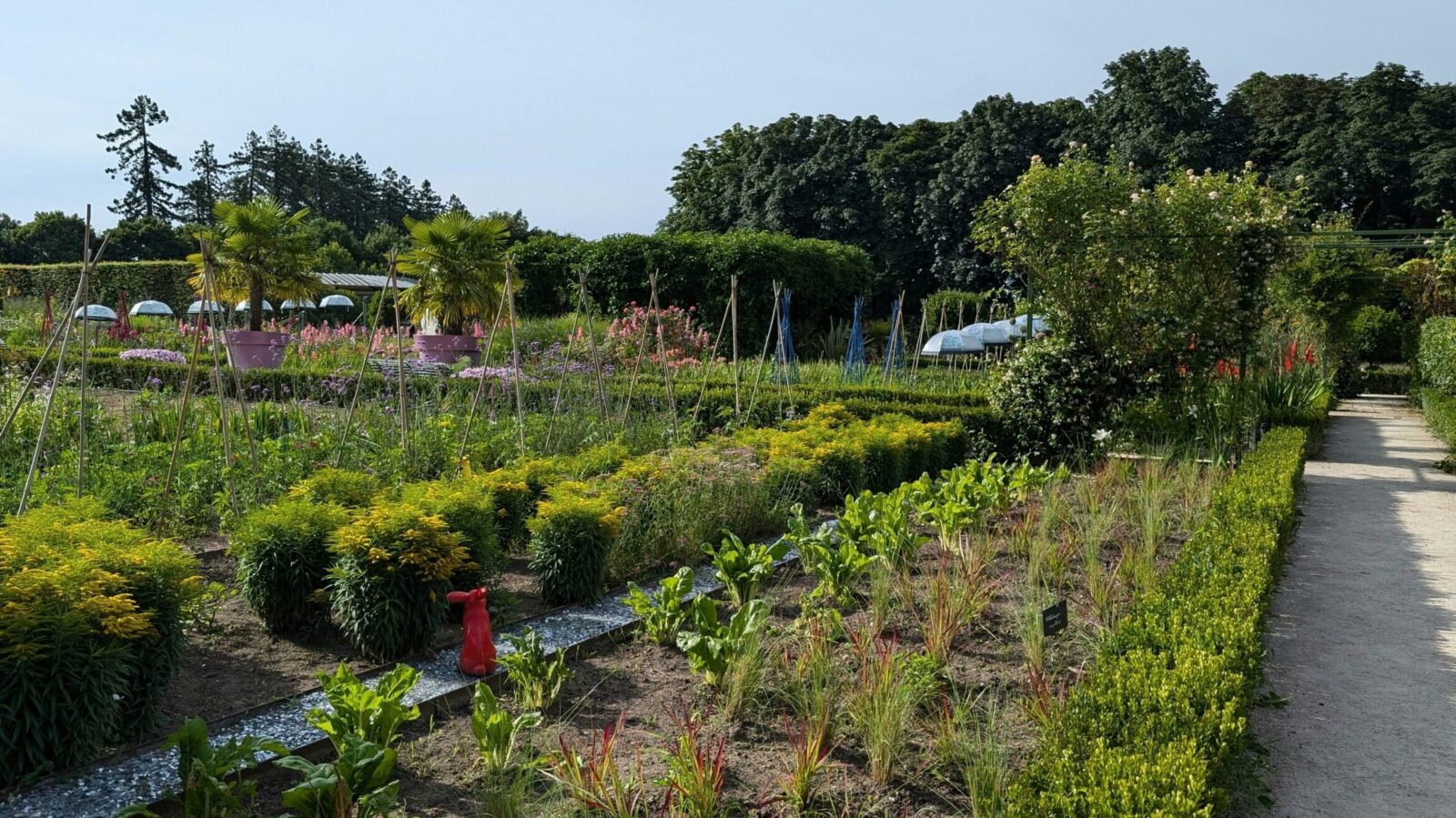July and August may still feel like summer, but keen gardeners know it’s time to start planning for autumn. With a bit of prep now, you can enjoy a thriving cool-season garden, better soil health, and fewer spring chores down the road. Here’s a step-by-step breakdown of how to get your garden autumn ready — whether you’re growing vegetables, flowers, or a little of both.
1. Clean Up Spent and Diseased Plants
The first step in transitioning your garden is a good mid-season cleanup. Remove any plants that are:
- No longer producing
- Showing signs of disease (spotted, yellowing, or moldy leaves)
- Damaged by pests beyond recovery
By clearing these out now, you reduce the risk of pests and fungal problems overwintering in your garden beds.
2. Rejuvenate the Soil
After heavy summer growth, your soil is likely depleted. Before planting anything new:
- Pull up any remaining weeds and loosen the soil with a garden fork.
- Add 1–2 inches of compost
- Mix in an organic granular fertiliser if you’ve had heavy feeders like tomatoes or corn in the bed.
Healthy soil equals healthy fall crops. This step makes a huge difference in your harvest success.

3. Harvest and Preserve What’s Left
Many summer vegetables peak in late July through early September. This is your moment to gather what you have grown!
- Tomatoes, peppers, zucchini, beans, and cucumbers often keep producing into fall.
- Herbs like basil, oregano, and thyme can be harvested and dried or frozen.
Preservation tips:
- Freeze chopped herbs in olive oil in an ice cube tray.
- Quick-pickle cucumbers or green beans for fridge storage.
- Dehydrate cherry tomatoes for sweet, chewy snacks.
4. Plan and Plant Fall Crops
Fall is prime time for cool-weather vegetables that prefer shorter days and chilly nights. Here’s how to make it work:
Step 1: Know Your First Frost Date
Look up your local first average frost date, then count backward from it using the “days to maturity” listed on seed packets.
Step 2: Choose Fast-Growing Crops
Good options include:
- Leafy greens: spinach, kale, Swiss chard, arugula, lettuce
- Root vegetables: radishes (mature in 25 days!), carrots, turnips, beets
- Brassicas: broccoli, cauliflower, cabbage (start from seedlings for best results)
- Peas and bush beans: in areas with mild fall weather
Pro Tip: Use row covers or cold frames to extend your harvest deeper into the fall.
5. Mulch, Mulch, Mulch!
Mulch plays a critical role in fall prep:
- Retains soil moisture in hot summer days and cool autumn nights.
- Prevents weeds from taking over open spaces.
- Slowly breaks down to improve soil structure.
Avoid heavy mulch directly over new seedlings — give them a few weeks to establish first.
Check out our range of mulches to help get you started.

6. Drain and Store Tools and Hoses
A bit of maintenance now will save you from headaches next spring.
- Drain all garden hoses and irrigation lines — frozen water can cause cracks.
- Clean, sharpen, and oil garden tools to prevent rust.
- Store tools and pots in a dry location like a shed or garage.
Quick Tip: Use sand mixed with a little motor oil in a bucket to clean and preserve metal tool parts.
7. Tidy Up Structures and Beds
Fall is a good time to do a once-over on the rest of your garden infrastructure:
- Check fences, trellises, and raised beds for needed repairs.
- Remove or clean garden decor and empty planters.
- Clean out birdbaths and refill feeders to support overwintering wildlife.
Support Nature: Leave a corner of your garden a little wild for pollinators, frogs, and other beneficial critters.

-
 Builder’s Bag Garden Mulch Woodchip£58.00 inc VAT
Builder’s Bag Garden Mulch Woodchip£58.00 inc VAT -
 Builder’s Bag Green Goodness£52.00 inc VAT
Builder’s Bag Green Goodness£52.00 inc VAT -
 Builder’s Bag Decorative Bark£88.00 inc VAT
Builder’s Bag Decorative Bark£88.00 inc VAT

